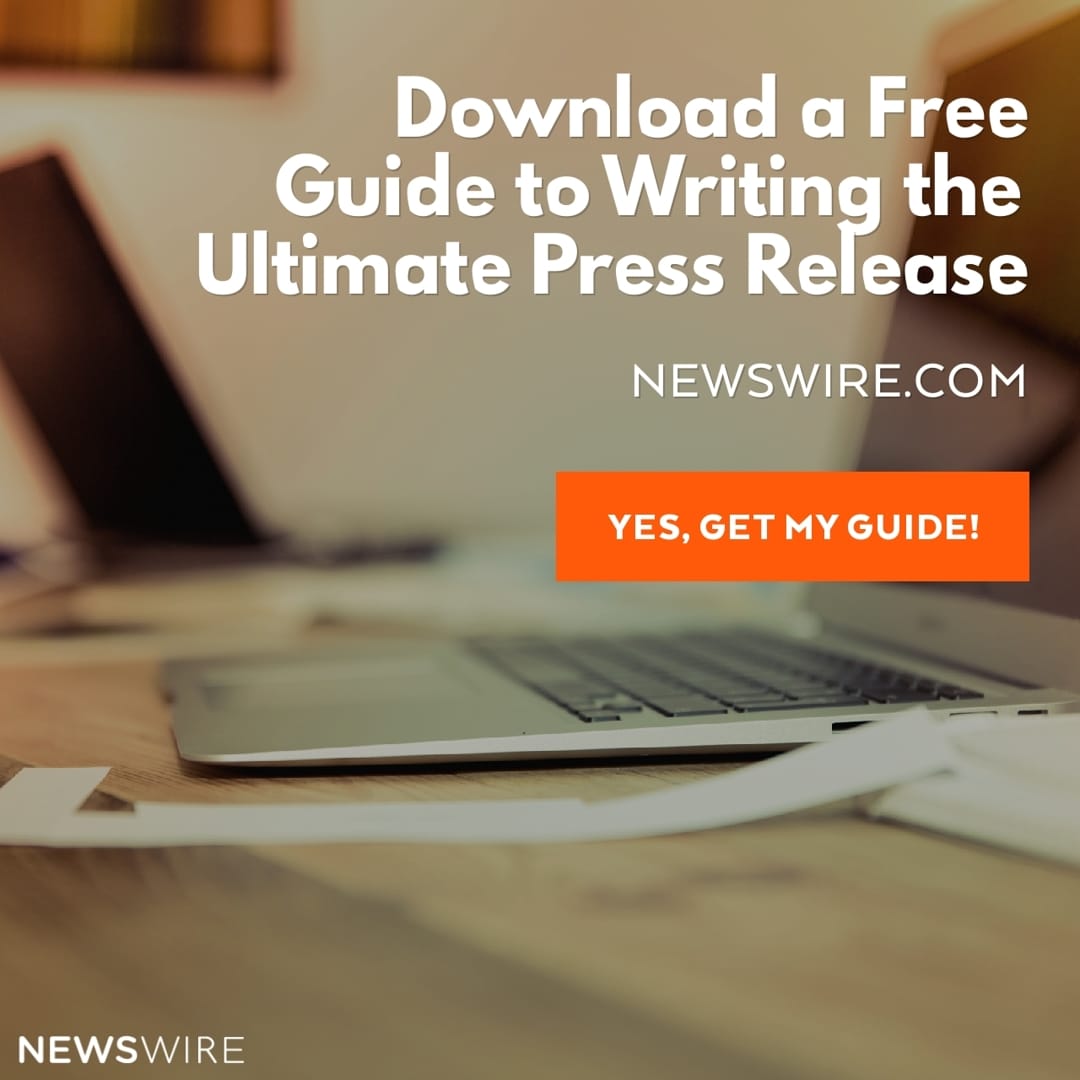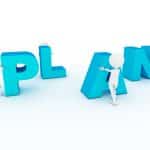
7 Key Features Of A Good Media Story
There are several key features of a good media story that can gain attention for your brand or business and position it as one worth following and doing business with.
1-A great headline
Studies show that when people are scanning a newspaper, 100% of them will read the headline. Based on that, 70% will move on to the first paragraph of the story. Therefore, your headline is the most important aspect of a good media story because if it isn’t a great one, no one will read the story no matter how terrific it is.
A great headline has keywords, a strong verb, and is structured in such a way that the meaning is clear and not confusing.
2-A good headline will also be correct in terms of spelling and punctuation. Here are a couple of famous examples of how one small missing hyphen can change the meaning of a headline completely.
British push bottles up Germans
This headline from World War II sounds rather painful. Add the missing hyphen, and the noun bottles becomes the active verb bottles-up, and indicates the correct meaning, that a new British army offensive trapped the German army.
Police help dog bite victim
This example also sounds rather painful and conjures up an image of cannibalistic policemen. Add the hyphen and the noun and verb become an adjective, dog-bite victim, that is, someone who has been bitten by a dog and needs help.
2-A solid sub-headline
On some sites and at press release distribution services, a sub-headline is often used these days as a further ‘tease’ to help people decide whether or not to invest the time it will take to read on. A good sub-head will support the headline and give more of a hint of what is to come.
3-The first paragraph
Studies have shown that 70% of newspaper readers will read the first paragraph, but only 50% the second one. Think of newspaper reading habits as an upside down pyramid, with fewer and fewer readers the longer the story gets. That being the case, the first paragraph needs to count in terms of what it offers and how it can set the tone in such a way that the rest of the story will also get read. One of the ways to do this is to ‘front load’ the facts.
4-The facts
A good media story will tell the basic facts in a clear way. Using the 6Ws formula common to journalists is a handy way to make sure you don’t leave out anything important.
- Who
- What
- Where
- When
- Why
- How
Who was involved, what happened, what date did it happen, or will happen, and so on.
Put the most important elements in the first paragraph and add more details as needed in the subsequent paragraphs.
5-Interesting Media
Add images to support the story. Articles and press releases with images are much more likely to be picked up than ones without.
6-A resource box
A brief resource box that tells more about the author and/or company is acceptable online and sometimes included in newspaper columns and magazines, as, well these days.
7-A call to action
Give the reader an easy to use link where they can read more. Hyperlink online if allowed, or give a short URL such as through the tinyurl service, using easy keywords for them to type.
Add these 7 elements to each media story you craft and see how much you can extend the reach of your brand.











